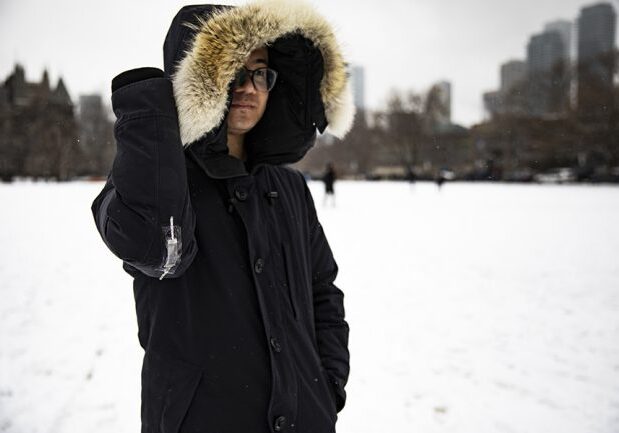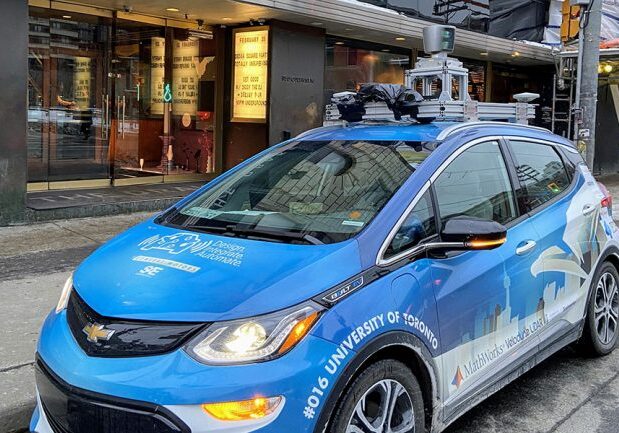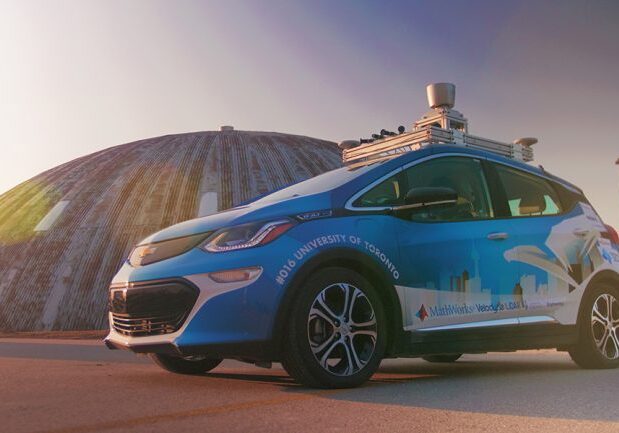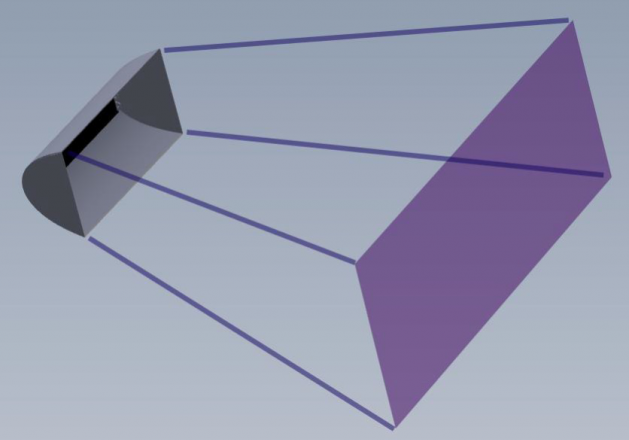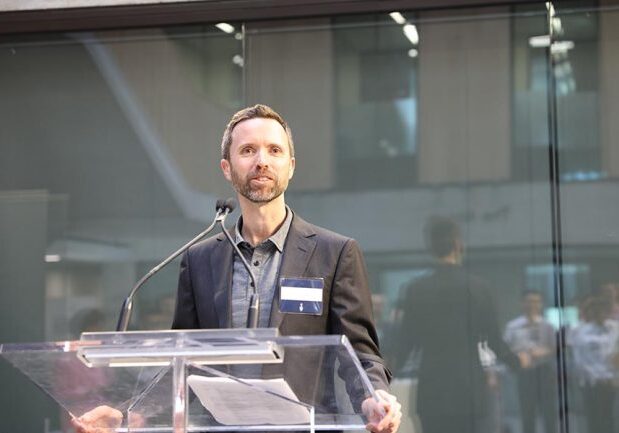
From soft robotics to treating neurological disorders: Three U of T Engineering projects supported by CFI
Funding from the John R. Evans Leaders Fund will help develop new technologies and train highly qualified personnel
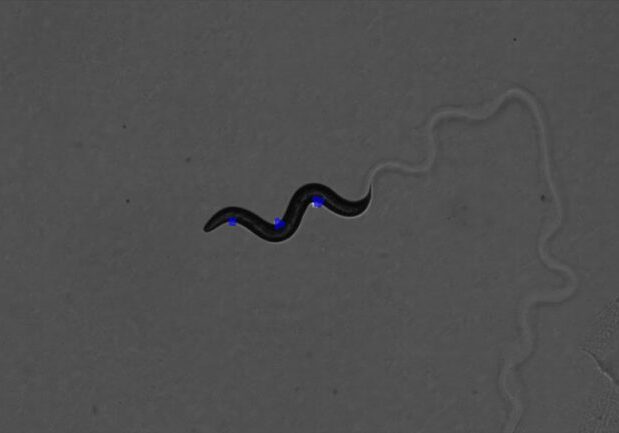
RoboWorm: Light-controlled organism offers a new strategy for micro-scale robotics
Professor Xinyu Liu (MIE) and his team used computer-controlled light to direct the motion of a simple worm, a technique that could pave the way for entirely new kinds of robots

U of T researchers develop first-of-its-kind dexterous microrobots for neurosurgery
The tiny magnetic gripper tools could one day be used to perform minimally invasive brain surgery

